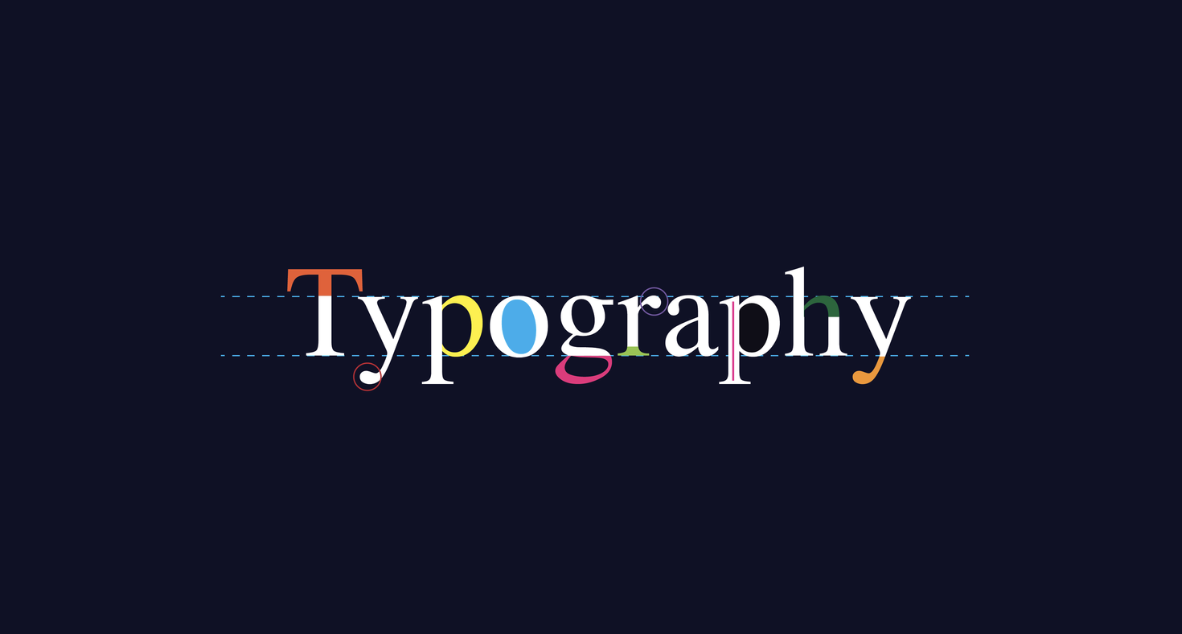Common mistakes NEW Designers make
I've been diving headfirst into the exciting world of design since 2018, racking up five awesome years of experience along the way. Trust me, I've made my fair share of design blunders and facepalms. But you know what they say, every mistake is a lesson in disguise! These hiccups have been instrumental in shaping my skills and pushing me to up my design game. So, buckle up and get ready for some honest conversations about the common slip-ups designers make. I'm here to share valuable insights, sprinkle some humour, and help you level up your design game. So, sit back, grab a sketchpad and a cup of coffee, and let's talk about the common mistakes designers make and how to avoid them. Trust me, with some of my tips, you'll be designing like a boss in no time.
Here are a few common mistakes that new designers make:
Not understanding the client's needs or target audience:
This is like trying to hit a target while blindfolded! Avoiding this mishap is key in the wild world of design. Whether it’s graphic or fashion design, let’s face it, misinterpreting the client’s needs is like trying to hit a target while blindfolded. It’s all about effective communication. By tuning into their desires, asking the right questions (which could be a whole other post), and really getting inside their heads, you can whip up designs that knock their socks off. Designing blindfolded might seem adventurous, but honestly, you’re not impressing anyone. Do you homework, dig deep, and understand your client like a design ninja. By striking the perfect balance between client needs and audience desires, you can create design that are simply mind-blowing.
Being too focused on trends instead of creating something unique:
Alright, let’s spill the design tea, shall we? Just because something is popular, doesn't mean it's good. It’s easy to get swept away in the glitz and glamour of design trends. Who wouldn’t want to ride the wave of the latest hipster font or colour palette. The thing is though, trends come and go. While it is essential to stay in the loop, being a design trend chaser can lead to a serious case of creative copycat-itis. You don’t want to blend in with the sea of sameness.
Unleash your inner designer and break free from conformity! Embrace your uniqueness in name of the design game. Instead of obsessing over what’s hot right now, focus on what you can do to make your design stand out. You want to turn heads and leave a lasting impression by crafting something one-of-a-kind.
Not paying attention to typography:
This is like trying to have a conversation with someone who's mumbling. Regardless of your discipline, typography is the unsung hero of the design world. Neglecting the power of typography is like wearing a fancy tuxedo with mismatched socks. It’s the details that make all the difference. We’re talking about finding the perfect balance between legibility and personality, capturing the essence of the message in every letterform.
When it comes to the typography, attention to detail is key. Stay up-to-date with the latest trends and techniques. You can regularly explore different typefaces to expand your repertoire. Remember to consider the context in which your typography will be displayed - adapt your choices to ensure legibility and appropriateness to your project.
Overcomplicating things:
There will always be the urge to add more, and tweak endlessly. We’ve all been there. But hold your creative horses! Overcomplicating things can be the nemesis of great design. In the quest for perfection, it can be easy to lose sight of the core message and purpose of our design. We start adding unnecessary elements, cluttering the composition and confusing the viewer. It’s like trying to bake a cake with 50 different types of flour - impressive, maybe, but does it actually taste good?
Embrace the art of minimalism and clarity. Focus on the essential elements that convey your message effectively. Remove the excess and declutter, giving room for your design to breathe. Simplicity doesn’t mean boring. It’s about finding the balance between elegance and functionality. Strip away the noise, streamline the visual hierarchy and let the design shine for what it’s worth.
Not testing your design:
Skipping the testing phase is like stepping onto a stage without rehearsing. Testing is the secrete sauce that ensures our design is firing on all cylinders. It’s about putting your creation through its paces, assessing its functionality, usability, and overall impact. By skipping this step, you’re taking a leap of faith and risking potential design mishaps.
Gather a group of trusted individuals, both design savvy and the unfamiliar, and watch them interact or observe your design. Observe their reactions, listen to their feedback, and take note of any pain points or confusion. Testing provides invaluable insights and allows you to fine-tune your design.
I want to take the time to address the unique challenges testing has in the realm of architecture. As a student in this field, I’ve found a lot, that designs are really conceptual pieces and unlike many other disciplines, architectural designs can’t always be easily tested. Fear not! I’ve learnt that testing in architecture involves simulations, models, and virtual environments. Technology nowadays really helps create 3D visualisation, walkthroughs and even the point of virtual reality. Don’t underestimate the power of peer reviews, critiques, and design discussions. These interactions can help you refine your ideas, uncover potential flaws, and challenge your assumptions.
Not asking for feedback:
The power of feedback should never be underestimate. Without external perspectives, you’re missing out on valuable insights that could take your creation to new heights. Design will always be a collaborative journey. Seek out fellow designers, mentors, colleagues, and even possible users and encourage them to provide honest feedback and constructive criticism. Feedback is not a personal attack - it’s an opportunity for growth.
For new designers venturing into the creative realm, it’s crucial to navigate the design landscape with caution. While it’s natural to stumble along the way, being aware of common pitfalls can help avoid major missteps. By recognising and learning from these mistakes, budding designs can lay the foundation for growth, innovation, and a successful design journey ahead.


